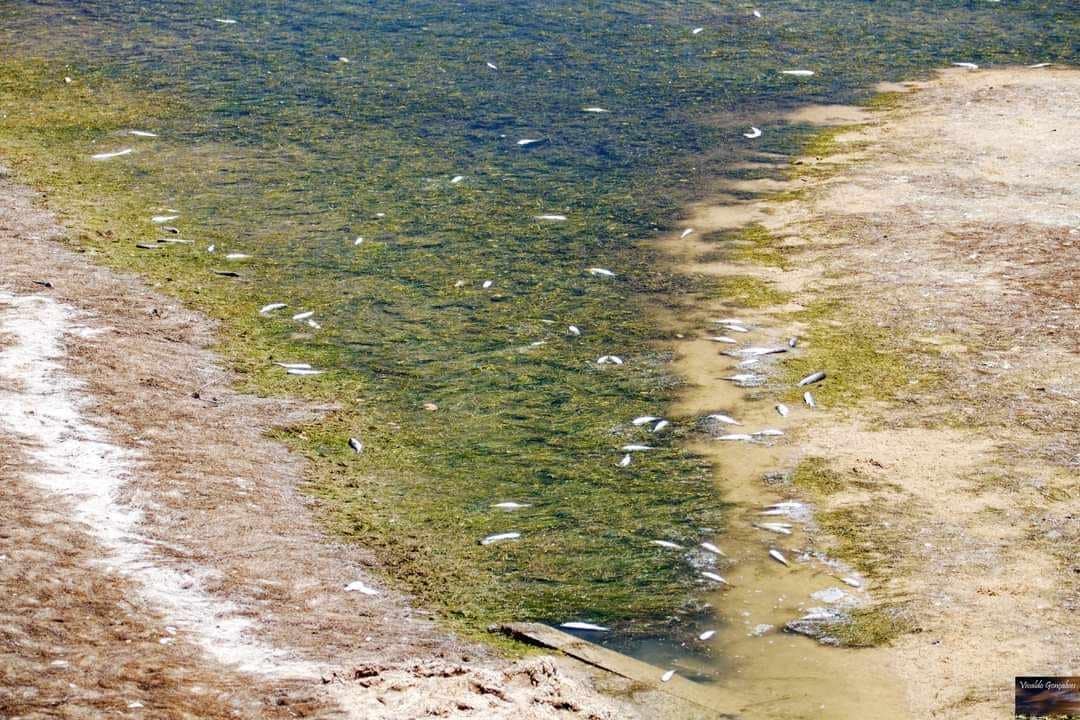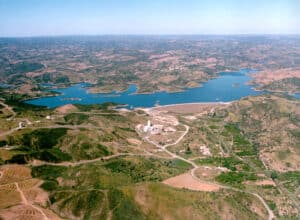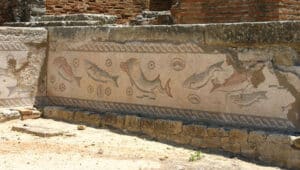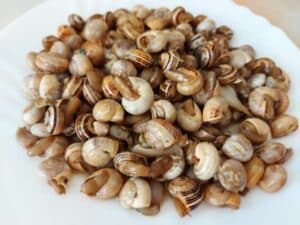However, the stream’s water levels fell dramatically this month, having caused the death of an unusual number of fish on July 10, particularly mullets.
Since that date, APA and the municipal council decided to “open the mouth of the stream during the occurrence of spring tides,” which the agency says it the “most suitable time window to ensure the entry of saltwater into the stream”.
This attempt at solving the situation was carried out “experimentally” on Monday, July 22, with the APA admitting that it may not have worked as planned. It says that there are “some reservations about the effectiveness of the water transfer, from sea to stream, both in terms of volume and the significant increase in water level in the lagoon and its subsequent maintenance.”
According to the APA, the unusual fish mortality was caused by the Algarve’s ongoing drought situation along with the “absence of natural flows, the elimination of water discharges at the end of the distribution channels of the Silves, Lagoa, and Portimão irrigation perimeter, resulting from the water efficiency measures adopted (…), and the restrictions arising from the implementation of the contingency plan to mitigate the effects of the drought”.
The APA highlighted that the Alcantarilha stream “has benefited from surplus water from the Silves, Lagoa, and Portimão irrigation perimeter and the temporary crops traditionally grown in the perimeter, as well as the contribution of discharges from two wastewater treatment plants (ETAR) in Lagoa” – two situations which are no longer ocurring.
These water contributions have ensured “the maintenance of large water bodies in the final section of the stream,” with the flow manager ensuring that the water level “did not exceed certain values to prevent flood risks and unsanitary conditions in the low area of Armação de Pêra,” such as conditions favorable for the proliferation of insects like mosquitoes, APA added.
“For this purpose, over the past years, openings of the stream mouth were carried out, allowing the discharge of waters from the mouth of the stream into the sea. Normally, several openings occurred during the summer period depending on the evolution of the water level in the wetland,” it said.
Source: LUSA


























